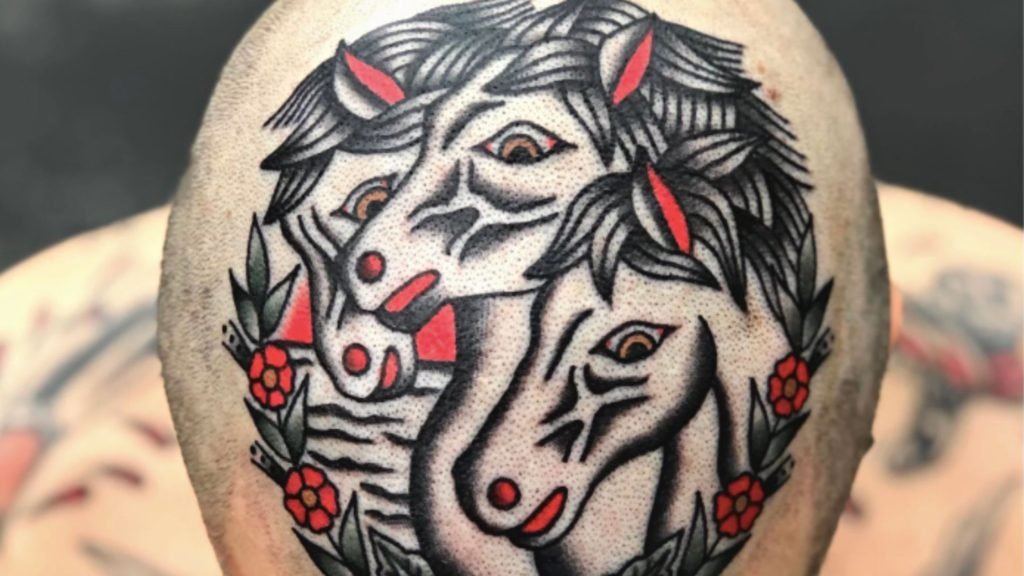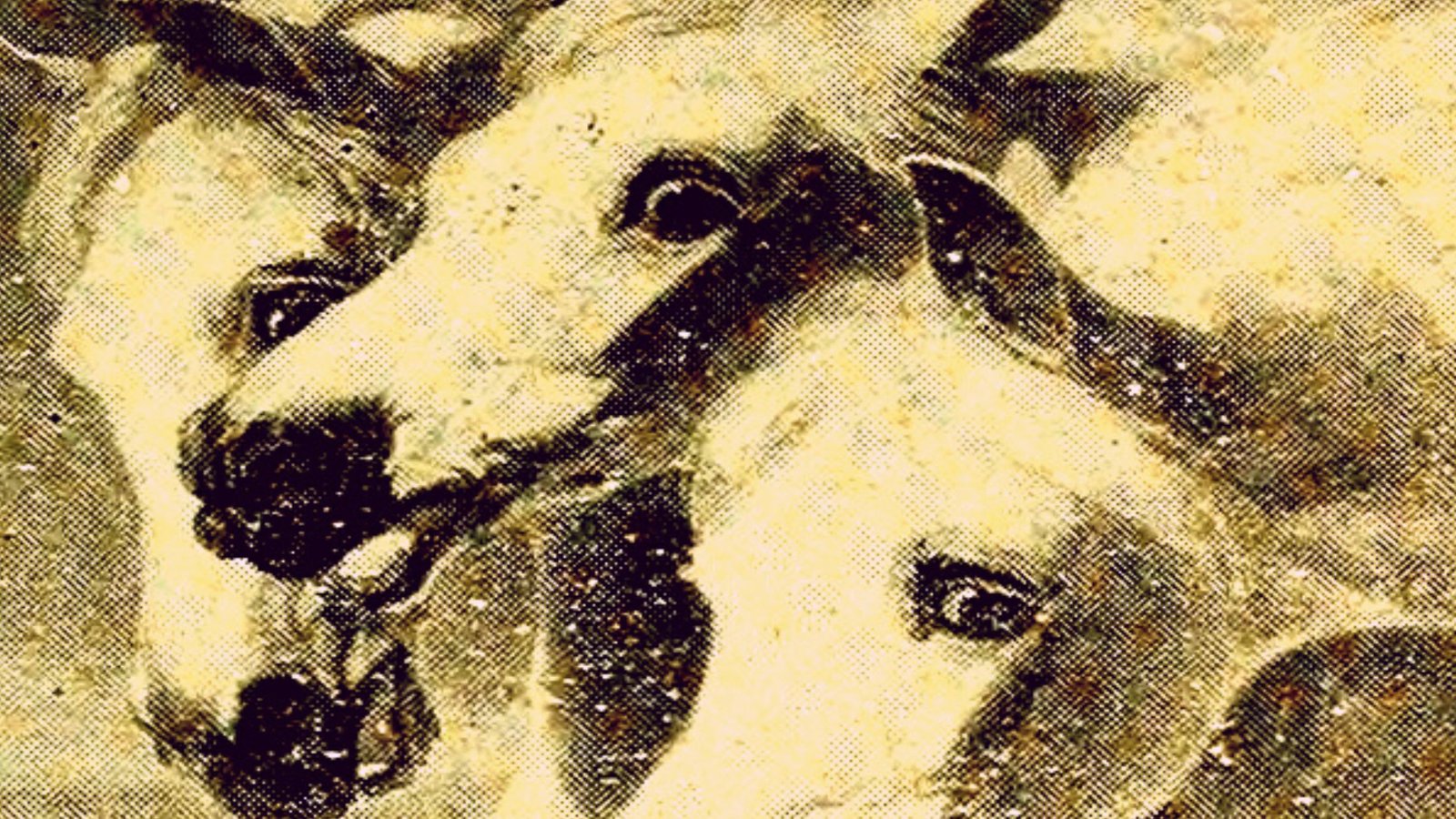Have you seen the visually striking tattoo design of the Pharaoh’s Horses?
If you have, then you might have wondered what this dramatic tattoo means.
Here we’ll take a look at the meaning behind this biblical design and how it can represent many different things for different people.
So if you’re curious about this type of tattoo, then keep reading!
What Are The Pharaoh’s Horses?
The image of the Pharaoh’s Horses is a religious symbol.
As told in the bible, Moses split the Red Sea which allowed for the Israelites’ escape.
Moses then closed the Red Sea over the Egyptian Pharoah’s Army — and their horses.
While it is unclear who exactly this Pharaoh was, many scholars believe it was King Ramses II.
So, it can be assumed that the image of the Pharaoh’s Horses depicts the horses of King Ramses II running for their lives as the waves of the Red Sea crash down behind them.
History Of The Pharaoh’s Horses Tattoo
The Pharaoh’s Horses is a traditional tattoo design that is thought to date back to early 1800s America.
The design has largely been credited to Gus Wagner —the “World’s Champion Hand Tattoo Artist and Tattooed Man.”
Wagner was a pioneer in the early days of the American tattoo industry and popularized many tattoo designs.
The Pharaoh’s Horses design was commonly tattooed in a large fashion across the back — a trend which can still be seen today.
Despite dating back so far, the Pharaoh’s Horses tattoo is still popular among tattoo enthusiasts today.

What Do The Pharaoh’s Horses Mean?
Triumph Over Oppression
Although the tattoo of the Pharaoh’s Horses does not depict the Hebrews escaping from the Pharaoh’s army, one could still argue that this tattoo represents the moment they escaped.
So, it is fair to say that this design can represent both the Hebrews’ triumph over oppression and, as an extension of that, the tattoo wearer’s triumph over oppression.
Strength & Power
The Pharaoh’s Horses tattoo is a popular choice for those seeking a symbol of strength and power.
The tattoo features two horses rearing up on their hind legs, with their front legs outstretched.
The horses are often shown with their manes flowing in the wind, and they are often surrounded by flames or other symbols of strength.
The tattoo can be customized to include other powerful elements, such as the Pharaoh’s tomb or pyramid.
The Pharaoh’s Horses tattoo is a reminder that we all have the potential to be powerful and strong, no matter what challenges we face in life.
When we see the tattoo, we are reminded that we can overcome anything if we just stay true to ourselves.
Fear
The Pharaoh’s Horses tattoo can also be interpreted as a symbol of fear.
The image of three horses running for their lives from ocean waves that will ultimately crush them is a dramatic and terrifying one.
This can be interpreted as a reminder not to fear what is inevitable or to simply turn and face one’s fears.

Should You Get A Pharaoh’s Horses Tattoo?
It’s no secret that this tattoo design has strong religious connotations.
So, if that means something to you and you connect with the tattoo’s meaning, then you should definitely consider getting this ink.
However, if you are not religious, that doesn’t mean you can’t or shouldn’t choose this design.
The truth is that this design, like many old-school tattoos, has become a symbol of tattoo history as much as it is a religious symbol.
If you appreciate the design’s place in tattoo history and like the meaning, then by all means get the Pharaoh’s Horses tattoo!
Final Thoughts
The Pharaoh’s Horses tattoo has a long and important place in tattoo history.
It is a popular design for tattoos today, often chosen because of its meaning and symbolism.
If you’re thinking about getting this tattoo, be sure to do your research so you understand the full implications of the design before making a permanent decision.

